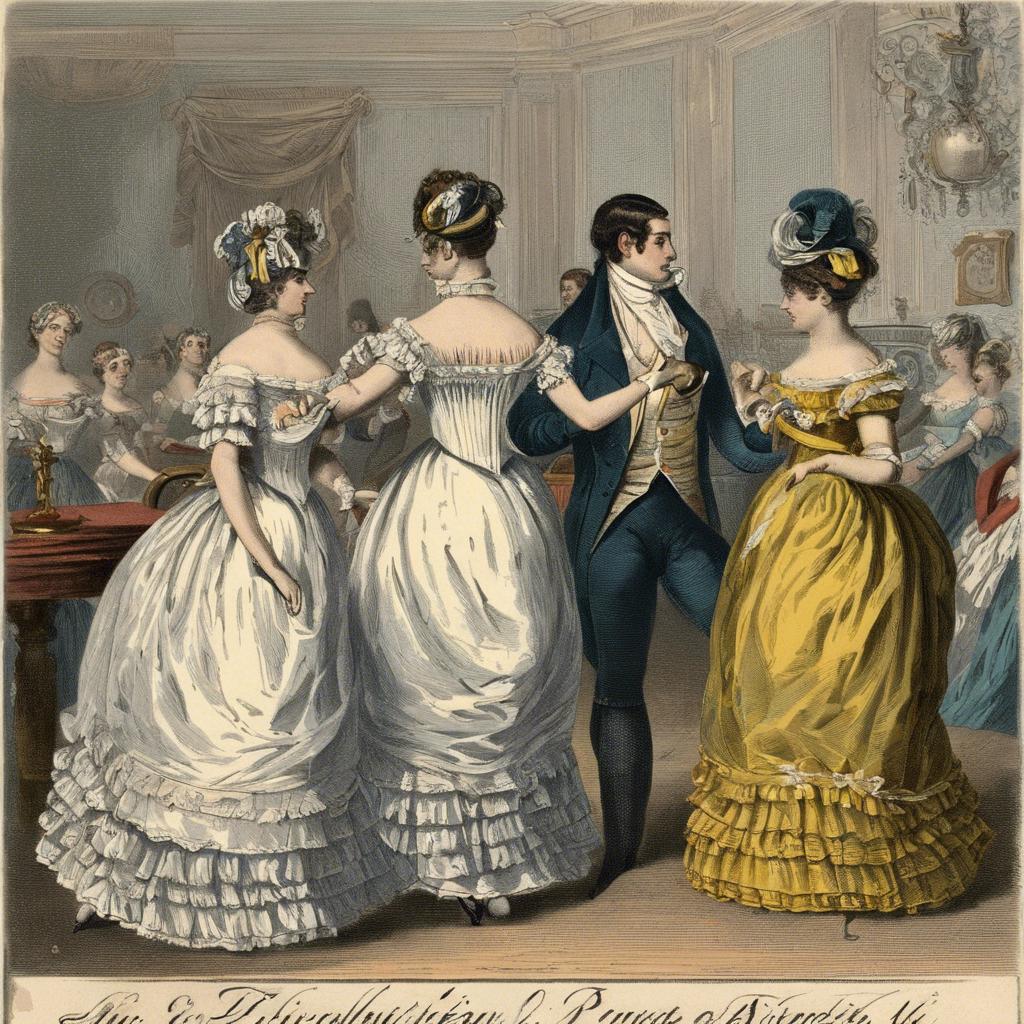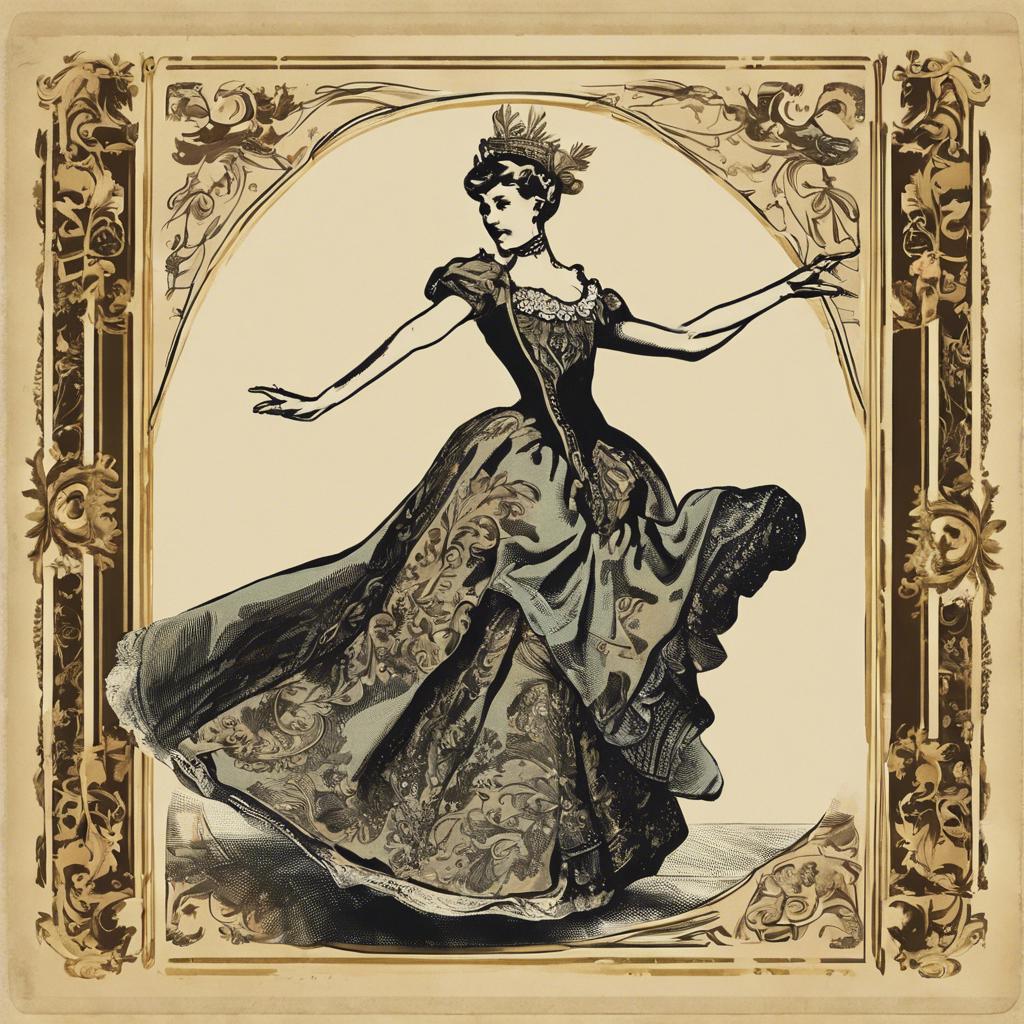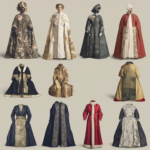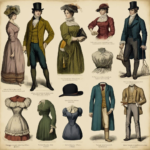The Regency era, spanning from 1811 to 1820, marked a period of extravagance and refinement in British society. One of the most popular social customs of the time was the use of dance cards, elegant accessories that served both as a practical tool for arranging dance partners and as a symbol of status and sophistication. In this article, we will delve into the history and significance of Regency era dance cards, shedding light on the intricate world of social etiquette and aristocratic gatherings during this iconic period of history.
Step Into the World of Cheryl Bolen
Dive into the enchanting stories of love, intrigue, and elegance set in the Regency Era. Cheryl Bolen's novels offer timeless romance and captivating tales that will leave you wanting more.
Explore Cheryl Bolen's Books Now
The Importance of Regency Era Dance Cards in Social Etiquette
In the elegant world of Regency Era society, dance cards held a significant role in social etiquette. These intricately designed cards served as a way for gentlemen to request a dance with a lady during formal balls and events. It was considered a gentlemanly gesture to ask for a lady’s name and secure a spot on her dance card for the evening.
Each dance card was typically beautifully decorated and contained a list of dance numbers and the corresponding music that would be played. This allowed guests to plan their evening and ensure they didn’t double book themselves for a specific dance. The order in which a gentleman’s name appeared on a lady’s dance card was also a subtle indication of social standing and preference.
Not only did dance cards serve a practical purpose, but they also added a sense of romance and formality to the social gatherings of the time. By carefully filling out their dance cards and adhering to the unwritten rules of etiquette surrounding them, guests could navigate the intricacies of Regency Era society with grace and sophistication.
Etiquette and Protocol of Using Dance Cards in Regency Era
In the elegant and refined world of Regency era social gatherings, dance cards played a crucial role in ensuring proper etiquette and protocol during balls and dances. These intricately decorated cards were not only a fashionable accessory but also served as a practical tool for managing one’s dance partners for the evening.
1. Securing Dance Partners
Participants would traditionally ask a lady for a dance by pencil in her dance card. It was considered impolite to refuse a dance unless already promised to another partner. Consequently, a lady’s dance card would quickly fill up with names as the evening progressed. Gentlemen were expected to honor their commitments and spend a designated amount of time dancing with each partner.
2. Dance Card Etiquette
Dance cards were typically attached to a lady’s wrist or held delicately in her hand while she danced. It was customary for gentlemen to pencil in their names next to a specific dance on a lady’s card. Prior to the ball, ladies would carefully select their dance partners, taking into consideration social standing and personal preference.
3. Proper Handling of Dance Cards
When requesting a dance, gentlemen were expected to be courteous and respectful. It was considered ill-mannered to monopolize a lady’s dance card or to be overly persistent in seeking dances. In turn, ladies were encouraged to gracefully decline additional dance requests if their cards were already filled. Ultimately, dance cards were an elegant way to navigate the complexities of social interaction and courting rituals in the Regency era.
Design and Materials of Regency Era Dance Cards
In the regency era, dance cards were an essential accessory for any well-to-do individual attending a ball or social gathering. These intricately designed cards served as a way for attendees to keep track of their dance partners throughout the evening. The design of these dance cards was often elaborate and ornate, reflecting the elegance and sophistication of the time period.
The materials used to create regency era dance cards were typically of the highest quality, befitting the status of those who would be using them. Silk, satin, velvet, and even ivory were common materials used for the covers of these cards. Embellishments such as lace, ribbons, and even small jewels were often added to enhance the beauty of the cards and make them stand out in a crowded ballroom.
Inside the dance cards, small pencil stubs were provided for attendees to write down the names of their dance partners next to the specific dances they had agreed to. The pages of the cards were usually made from high-quality paper or silk, ensuring that they could withstand being carried around and handled throughout the evening. The careful attention to detail in both the made them not only practical but also a coveted fashion accessory for those attending social events during this time period.
Strategies for Collecting and Preserving Regency Era Dance Cards
When it comes to collecting and preserving Regency Era dance cards, there are several strategies you can employ to ensure these delicate pieces of history remain in good condition for years to come. Here are some tips to help you maintain the authenticity and charm of your collection:
First and foremost, it is essential to handle dance cards with care. These paper artifacts are often fragile due to their age, so it’s crucial to avoid bending, tearing, or creasing them. When handling dance cards, be sure to do so with clean hands and consider using cotton gloves to prevent oils from transferring onto the paper.
Another important strategy for preserving Regency Era dance cards is proper storage. To keep these items safe from light, dust, and humidity, consider storing them in archival-quality sleeves or folders. Additionally, storing dance cards in a cool, dry environment away from direct sunlight can help prevent fading and deterioration over time.
Closing Remarks
dance cards were an essential and cherished item during the regency era, providing a means for guests to navigate and enjoy the intricate social dance events of the time. These beautifully crafted keepsakes not only served a practical purpose but also held a deeper significance, symbolizing the elegant and refined society of the era. As we look back on this period of history, we are reminded of the importance placed on etiquette, tradition, and social grace, all of which are reflected in the delicate dance cards of the regency era. Today, these remnants of the past serve as a tangible reminder of a bygone era, helping us to connect with and appreciate the cultural richness of a time long past.


